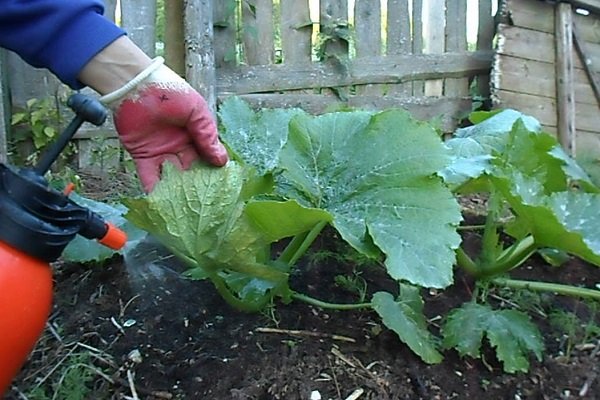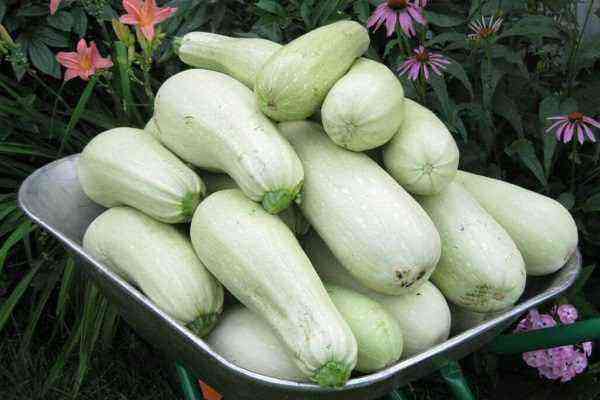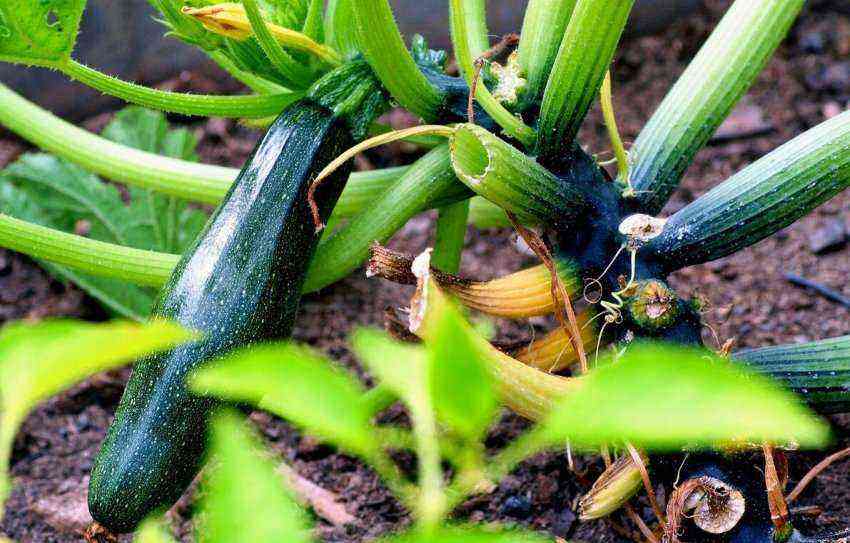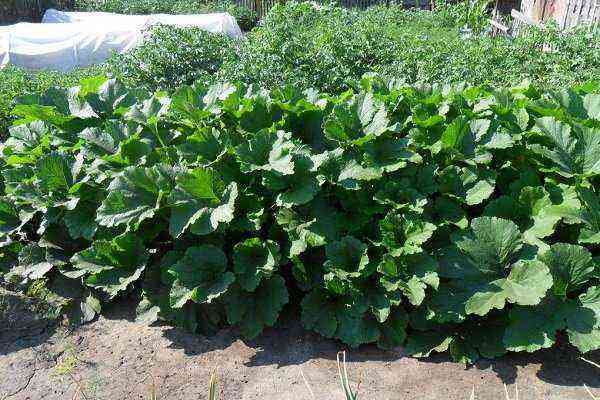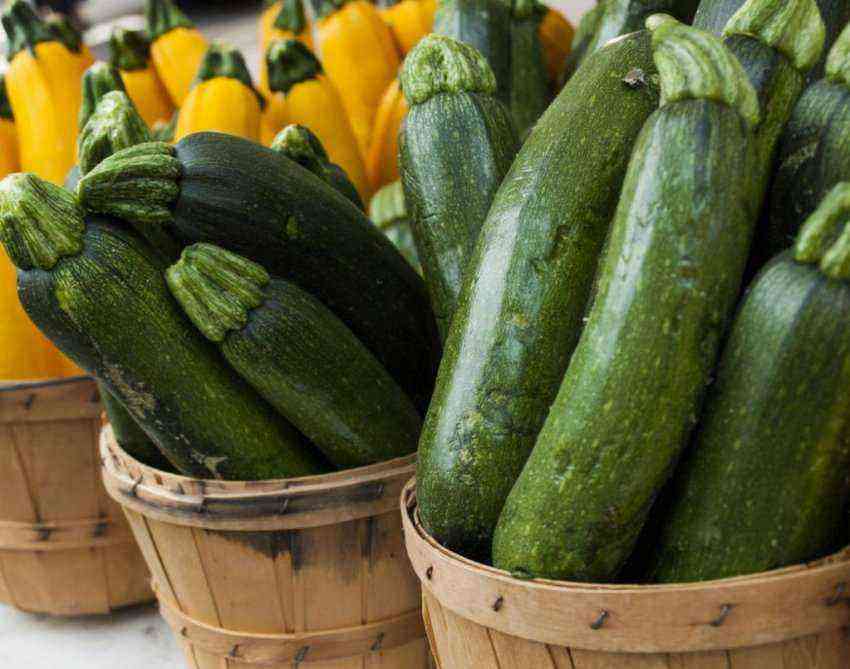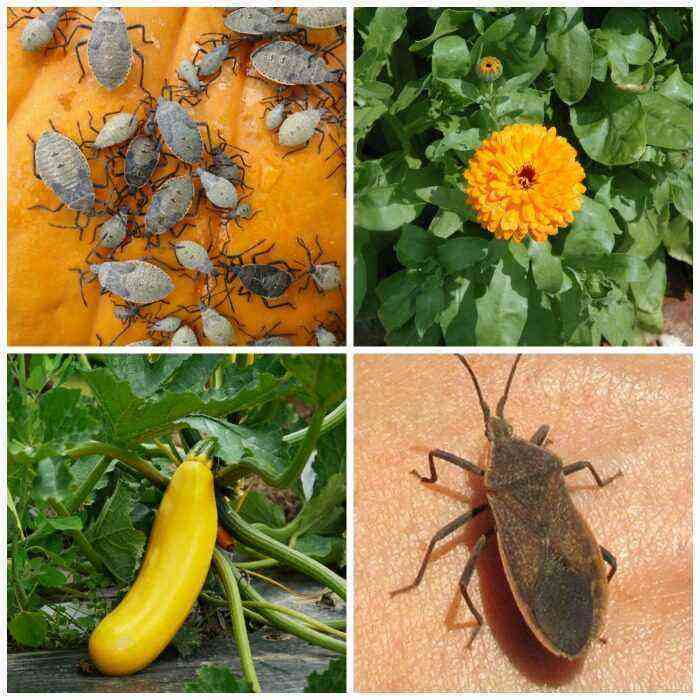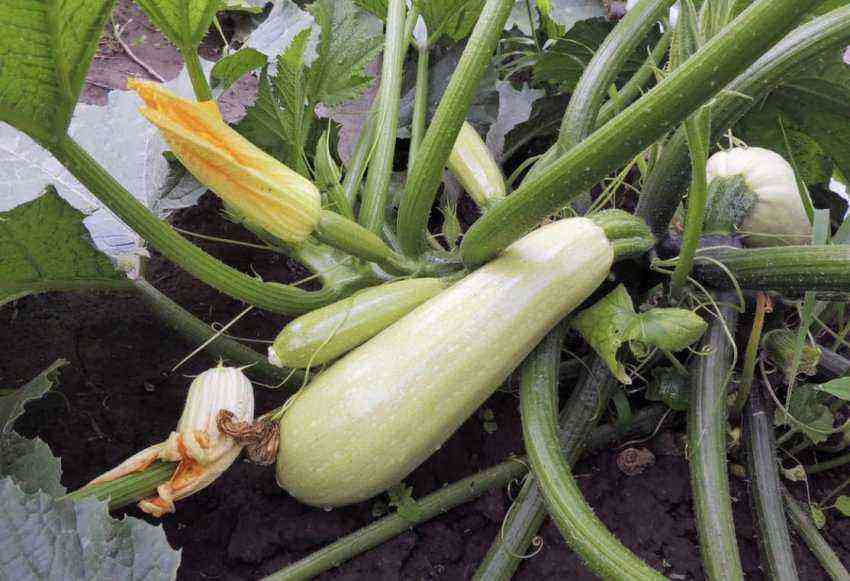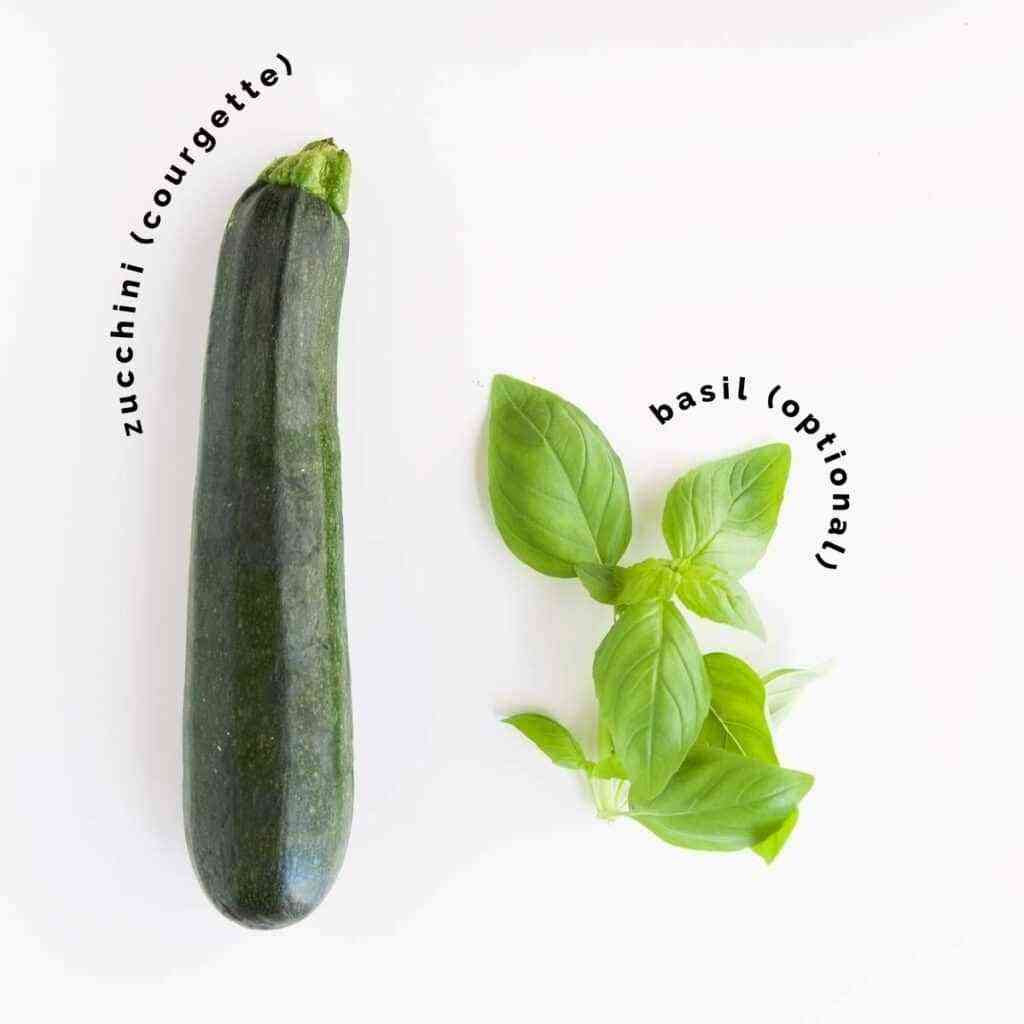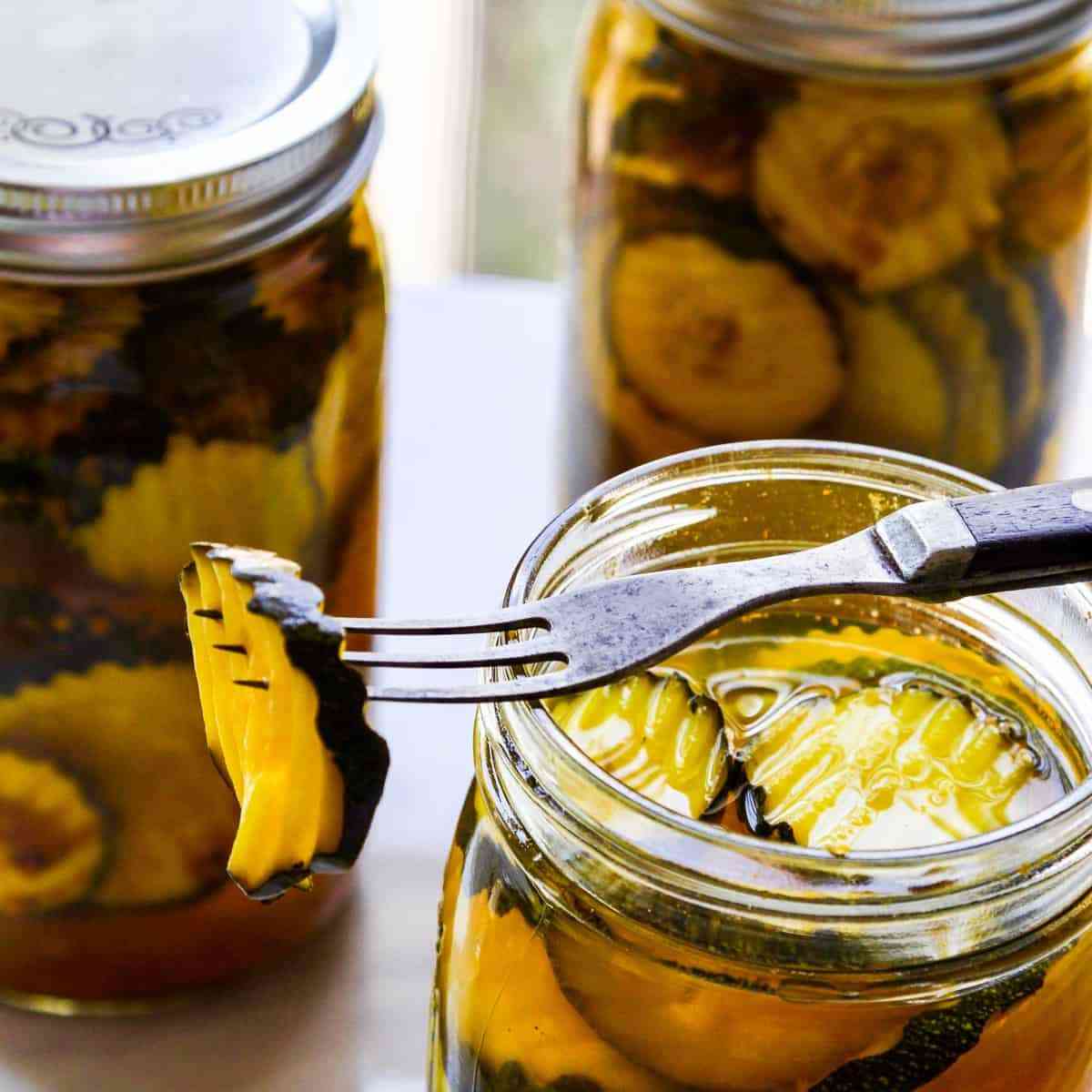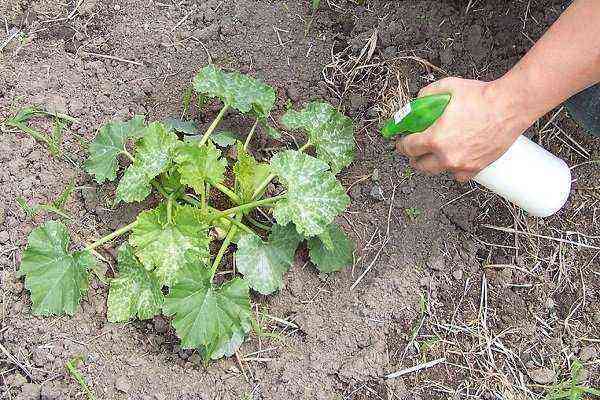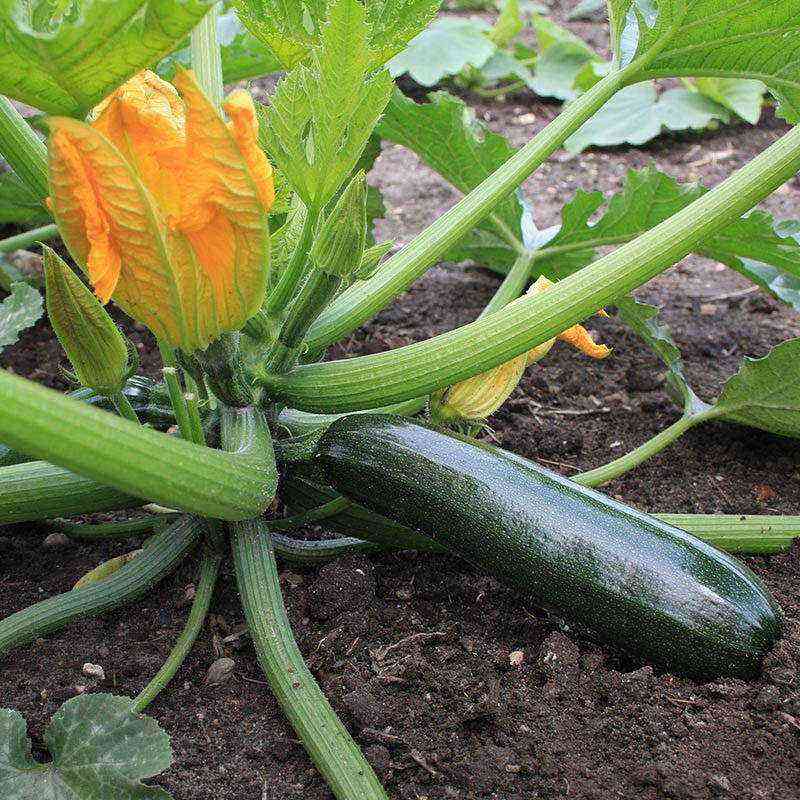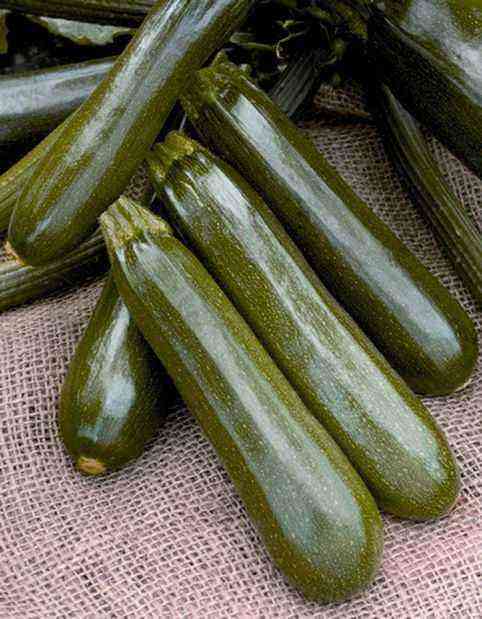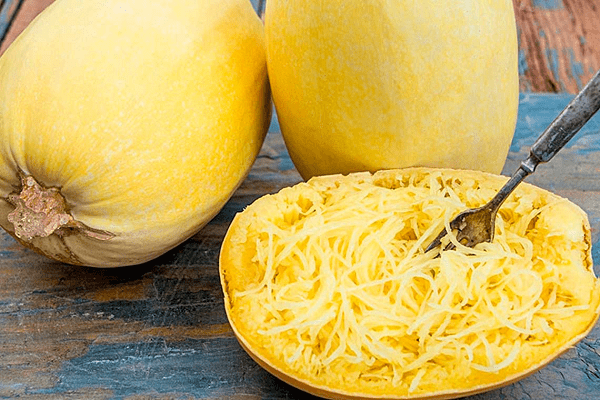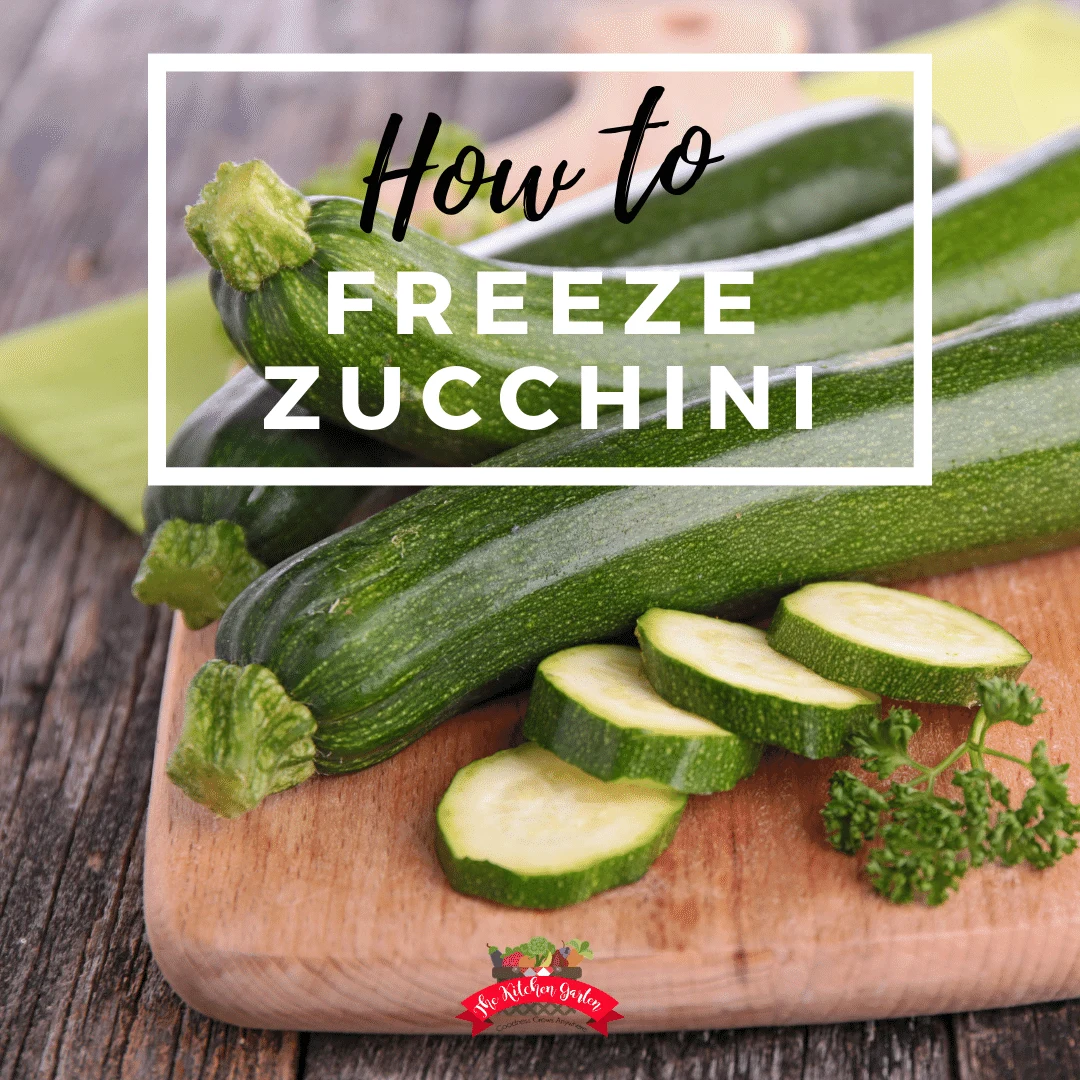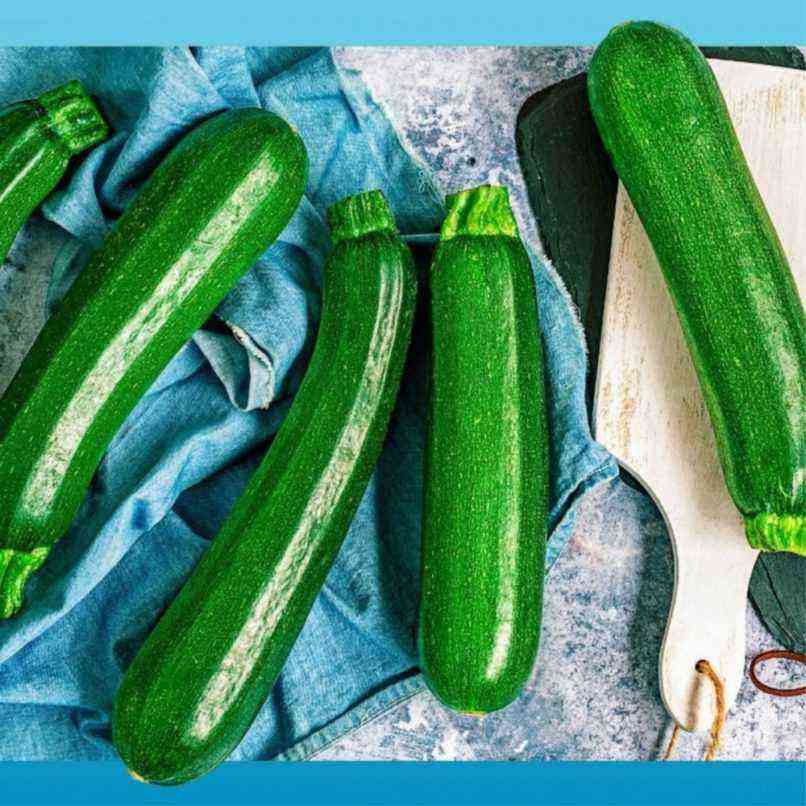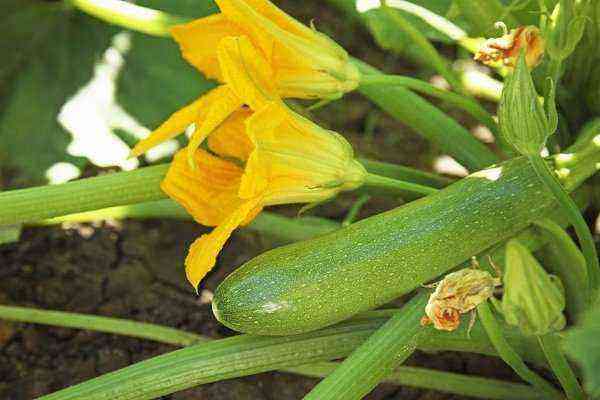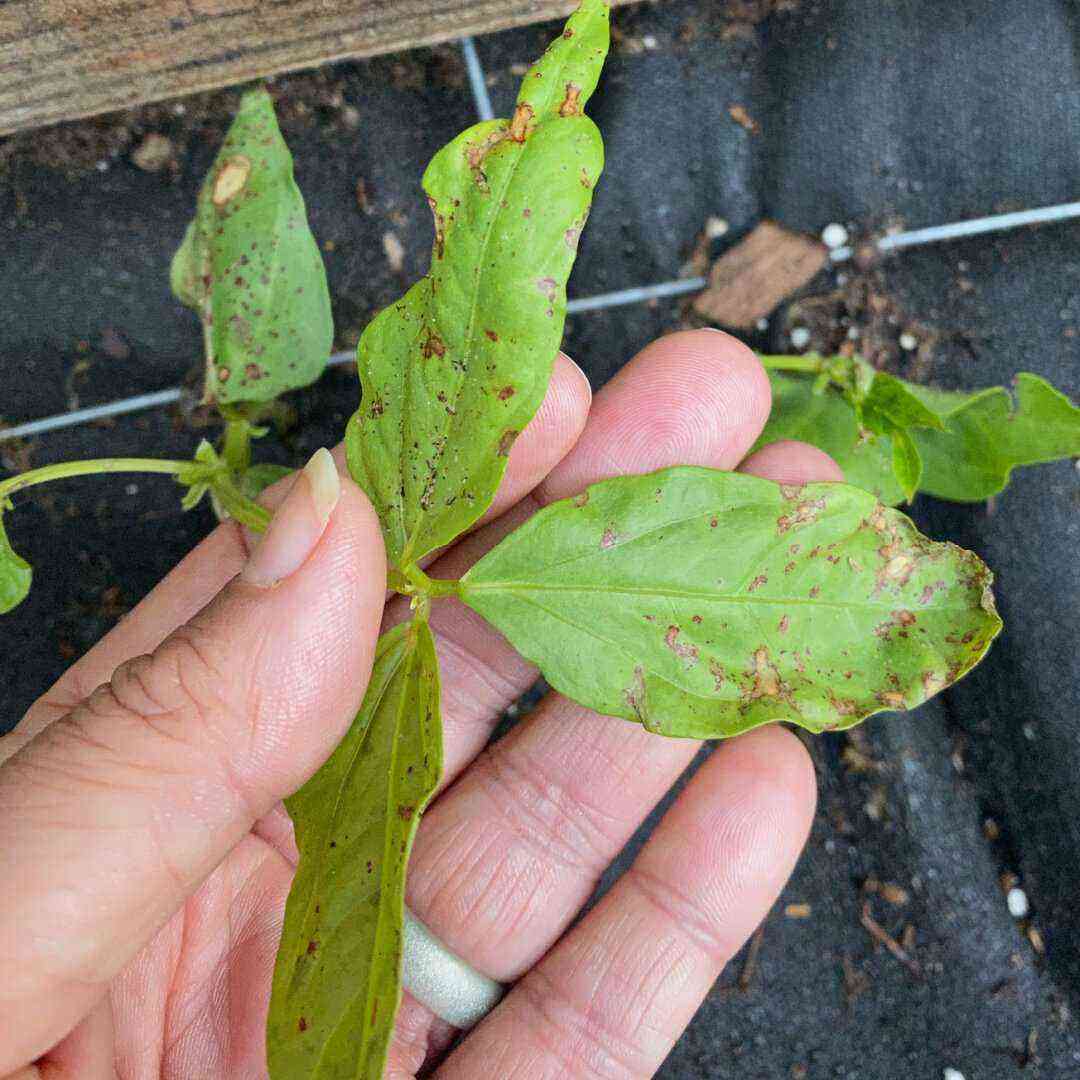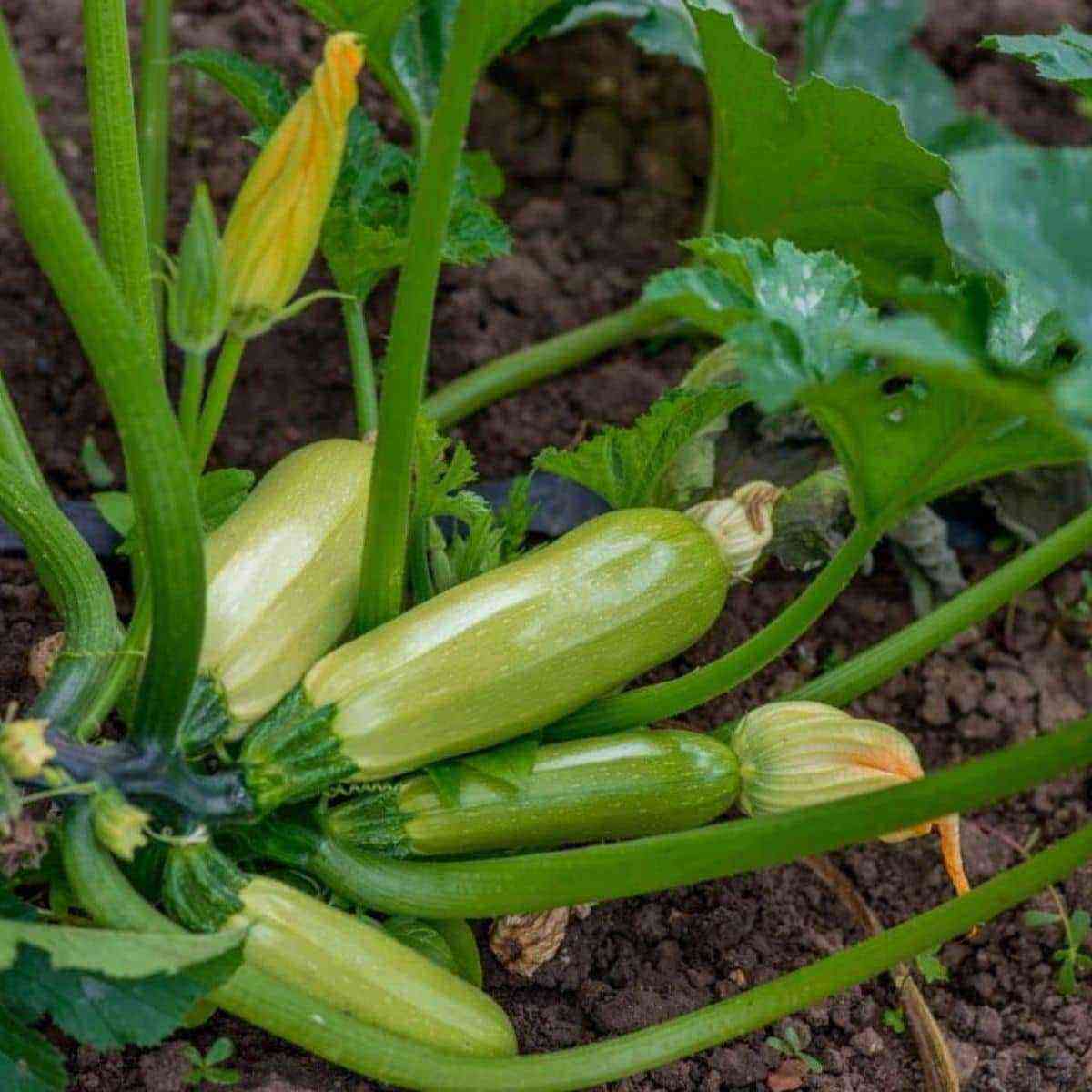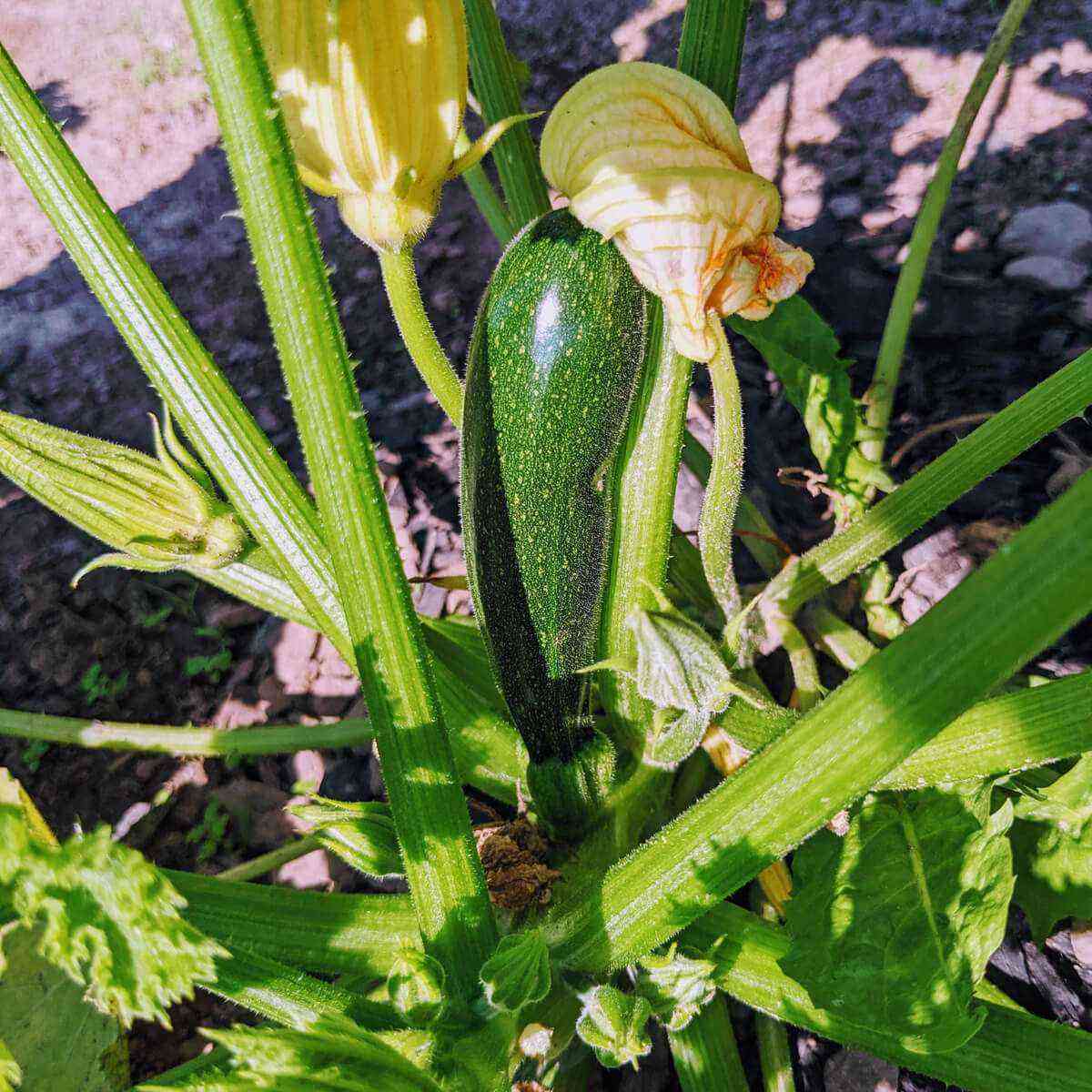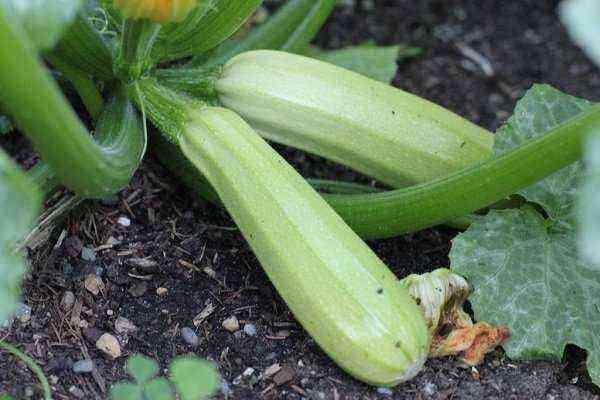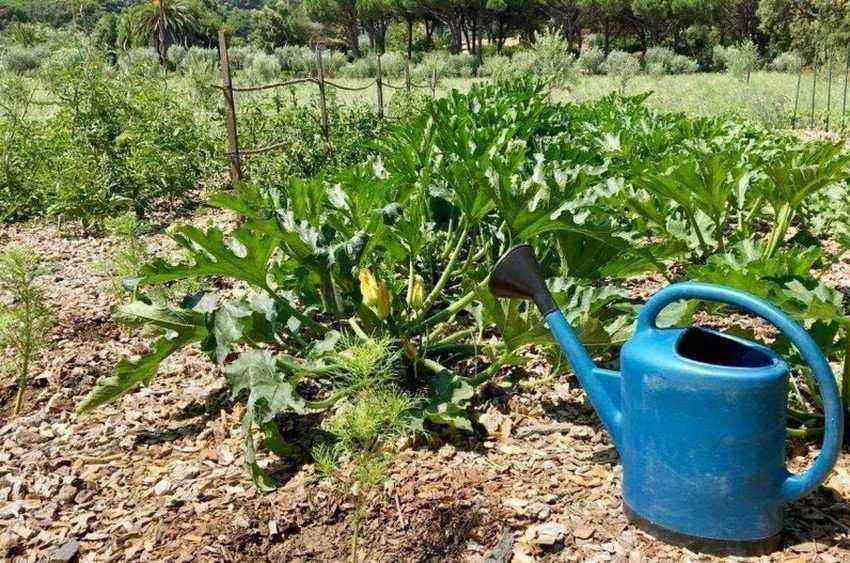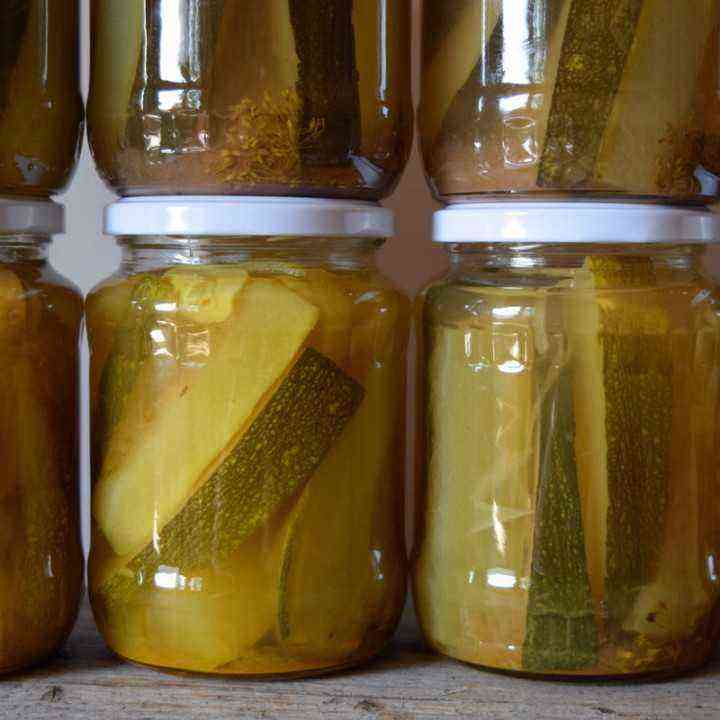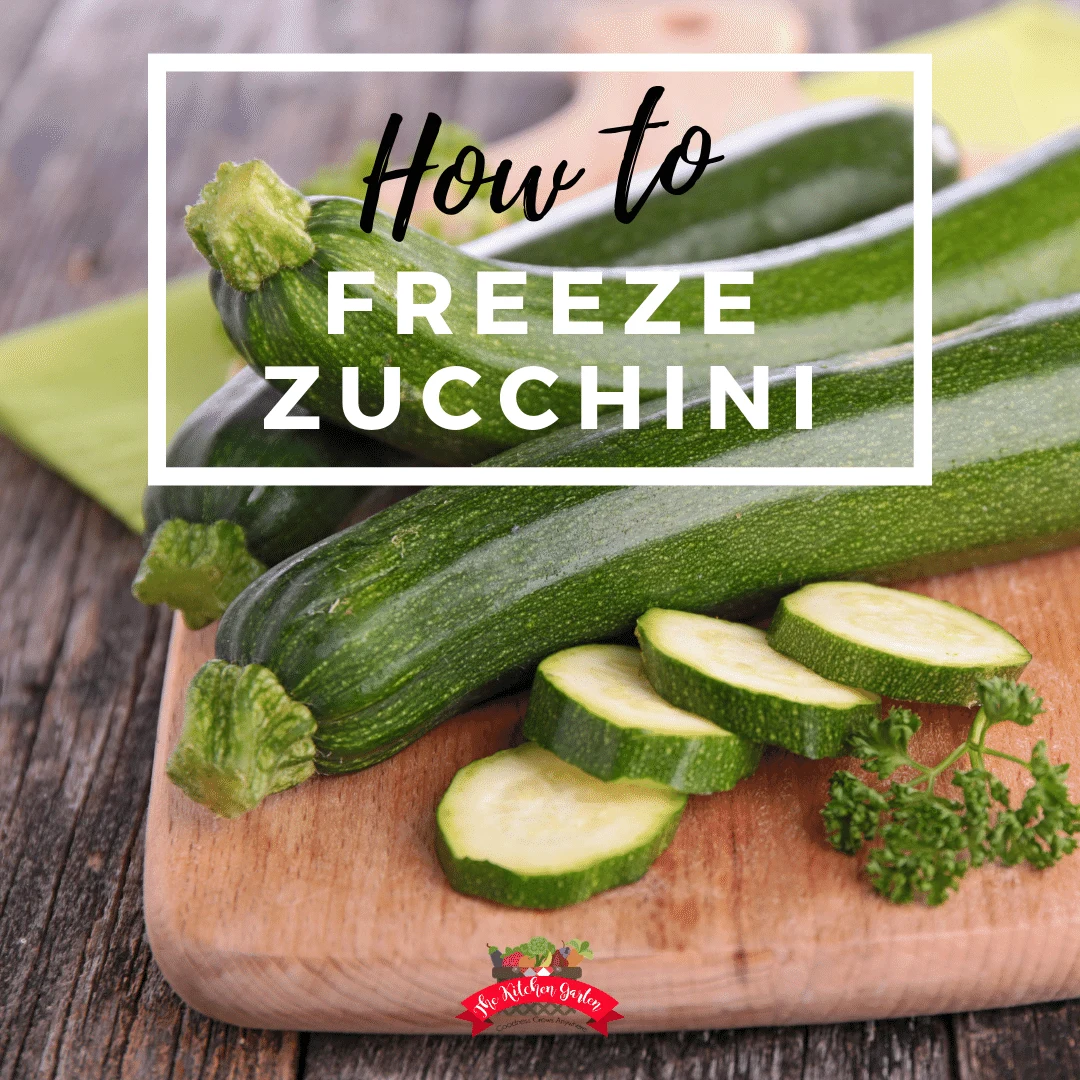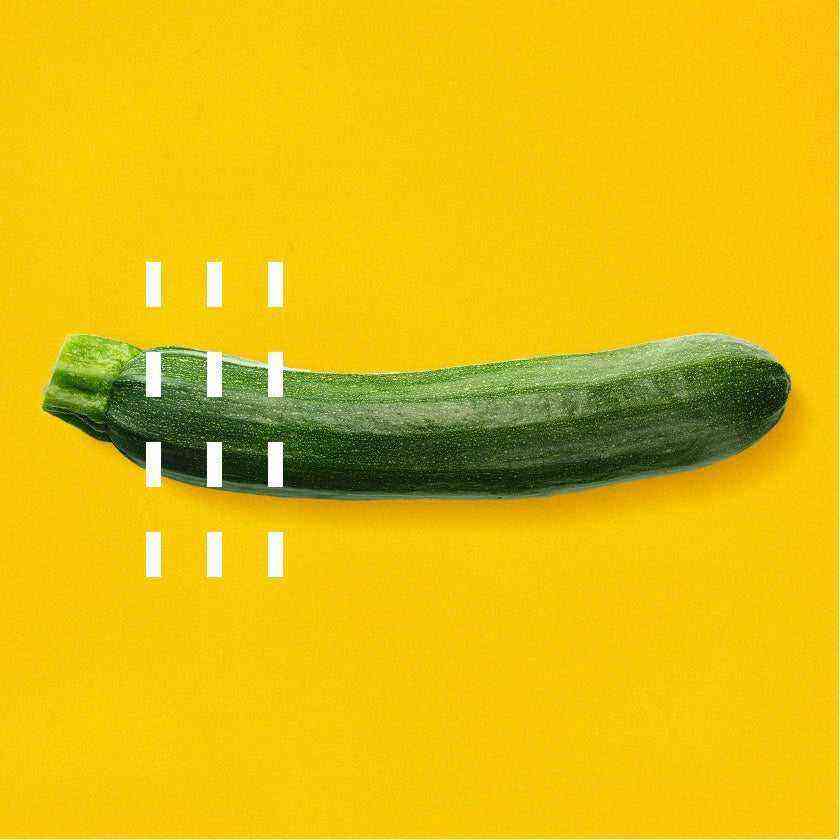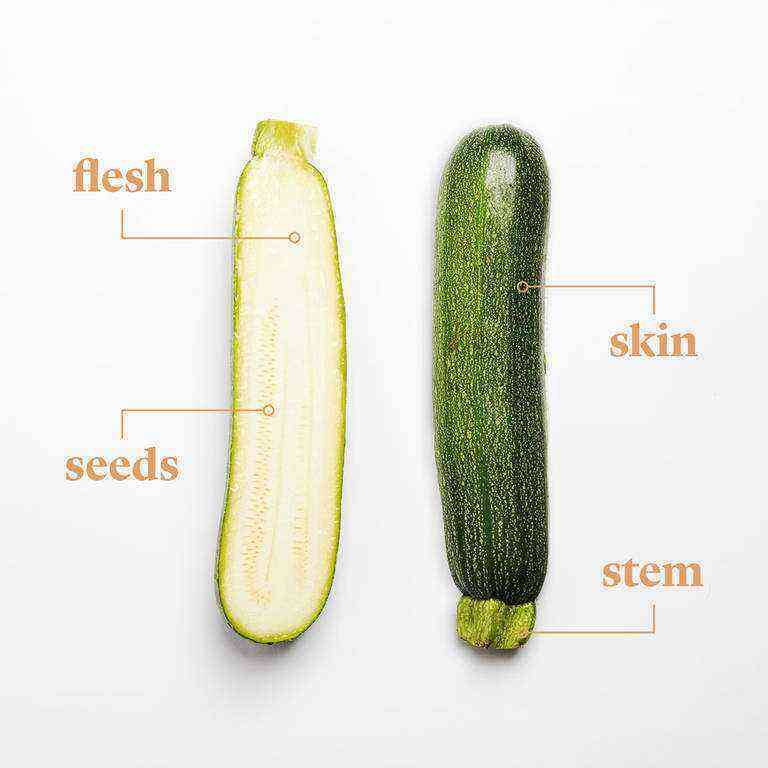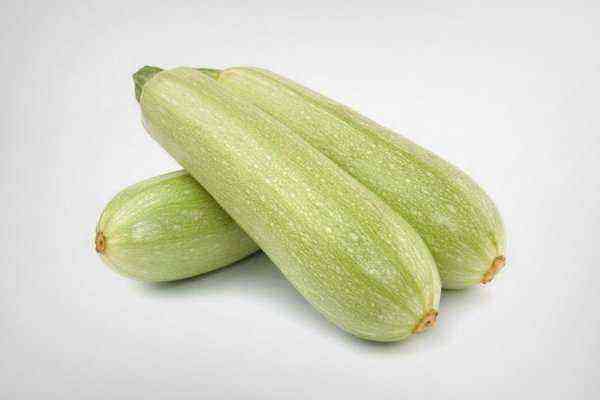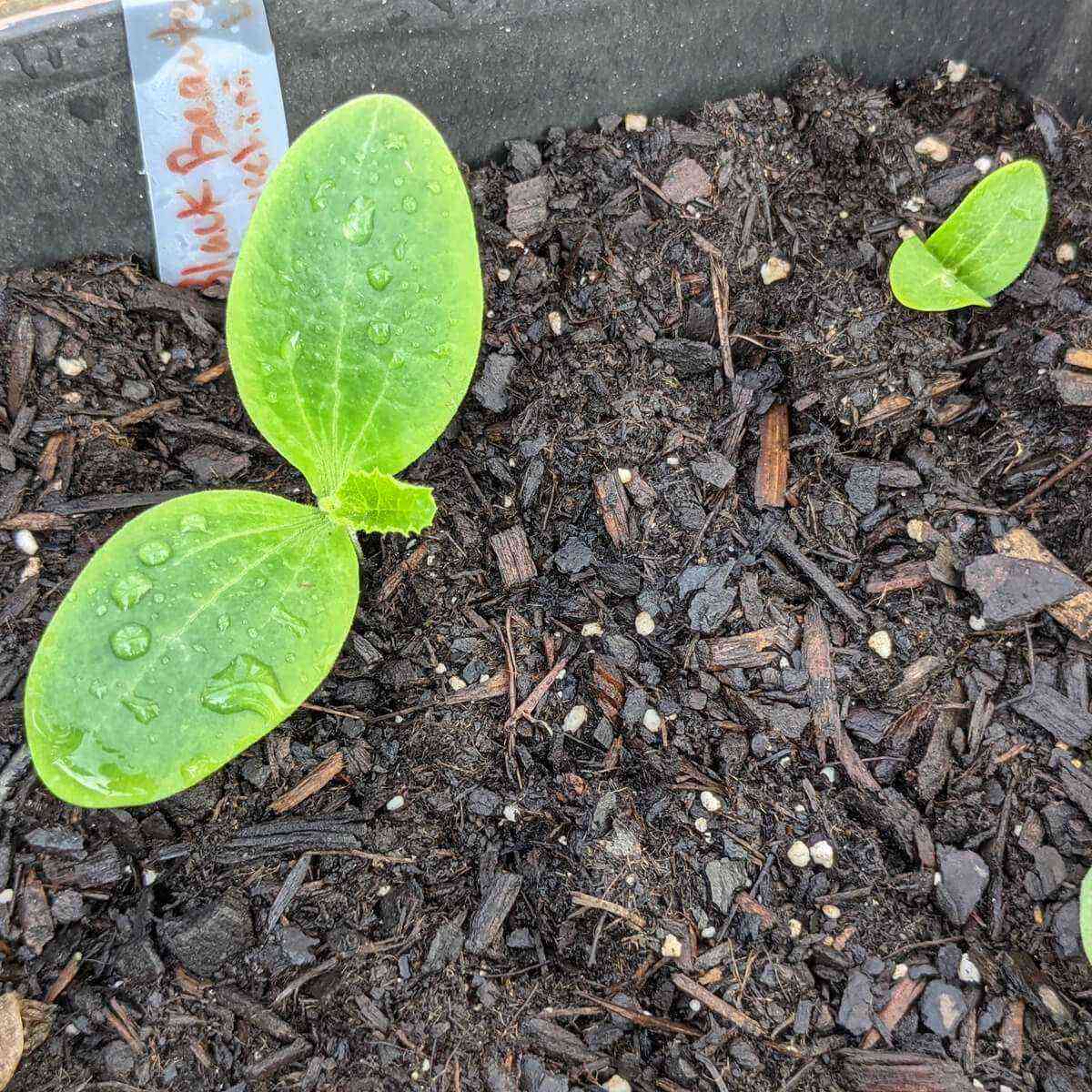The absence of ovaries with abundant flowering is a common problem when growing zucchini. Violation of the rules of agricultural technology is the main reason for the appearance of empty flowers. But there are other factors as well. In most cases, there are options to remedy the situation.
unripe seed
Too young, unripe seeds cause the zucchini not to form an ovary. This happens if the deadlines for collecting fruits for the corresponding purpose were not observed.
Purchased seeds are checked for maturity by placing them in water. Only specimens that have sunk to the bottom are planted. It is recommended to use seed aged 3 years.
To obtain seeds from actually grown zucchini, the following order should be followed:
- After the zucchini reaches technical ripeness (depending on the variety, the period is from 30 to 120 days from the moment of germination), select the desired number of healthy fruits (without cracks, any spots, etc.).
- Leave the selected specimens on the bush until fully ripe. By this time, zucchini grow up to 50 cm (or more) in length, girth is 20 (or more) cm, weigh – 1,5 (or more) kg. It is difficult to name specific figures, because everything depends on the varietal characteristics.
Tentatively, zucchini is grown for about 5 months to isolate seeds. The peel of the uterine specimen becomes stiff. - Then remove the fruits and leave for 30 days to “reach” in a dark room with an air temperature of + 5 degrees and a humidity of 80%.
In addition, the quality of the seeds is important. If they are purchased, you need to adhere to several criteria:
- Expiry date control. Expired seeds will not produce a crop.
- Zoning. It is recommended to choose varieties cultivated for certain areas, taking into account the characteristics of the climate.
- Reliable and proven manufacturer. The packaging should contain information about the variety, cultivation features, contact details of the company.
Unsuitable soil
Of great importance for the culture is the acidity of the soil. Optimal for zucchini is neutral or moderately alkaline, with a pH level of 6–6,8. Higher acidity can provoke the absence of ovaries.
To deoxidize the soil, dolomite flour or ash is used. Based on 1 sq. m is taken:
- with high acidity – 0,5 kg;
- with medium acidity – 0,3 kg;
- with a slightly increased acidity – 0,2 kg.
Poorly selected area
Zucchini belongs to light-loving plants. For active growth and proper development, it needs an abundance of sunlight.
If a shaded area is selected for landing:
- most flowers will most likely be male or barren;
- the risk of powdery mildew increases when the plant weakens and drops flowers;
- pollinating insects will not reach the crop.
Planting density
Since zucchini grows quickly and over a long distance, each bush needs a large area. It is recommended to plant seedlings at a distance of at least 1 m from each other. Otherwise, the plants will compete with their root systems for nutrients in the soil.
Due to too dense plantings or overgrown branches and leaves, a significant shading of the part of the zucchini is created, where the ovary should form. This will negatively affect development: most likely the flower will be barren.
The growth of abundant green mass takes away the strength of the plant for the ovary.
This problem is easily solved:
- If the seeds were planted too densely, thin out the seedlings. This will not affect the yield. A bush that has received additional space produces more fruits.
- To avoid an abundant build-up of green mass, carry out pinching – removing excess shoots on which only leaves are formed, without flowers.
The first pinching is done at the initial stage. This will help the proper formation of shoots and large fruits. No more than 4 ovaries should remain. As it develops, weak side shoots are removed.
Unfavorable temperature conditions
Temperature fluctuations are dangerous even for a zucchini adapted to any climatic conditions. They negatively affect the growth and development of culture in general and the formation of normal ovaries in particular.
In case of a sharp cold snap or a long absence of heat, wrap the plants with lutrasil or spunbond. Mulching with a thick layer of straw will also help.
When the heat is harder to provide normal conditions. High temperatures cause the pollen to stick together, making it sterile. Treatment of plants with a weak solution of boric acid (5 g per 10 l of water) is recommended. This will help the pollen not lose its characteristics.
Incorrect watering
There is an opinion that zucchini needs a lot of water throughout its growth. However, regular watering at the beginning of flowering can lead to the formation of only male flowers. In order for the flowers to become female, stop moisturizing during this period before the formation of ovaries.
Prolonged heat also affects the formation of male-type flowers – this is a distinctive feature of zucchini. Moisten the beds as needed. Take a handful of soil, squeeze and release. If the earth crumbles, water the bushes. If there is a lump left, wait.
Lack or excess of nutrition
Often the formation of empty flowers is associated with a lack of nutrients. The soil becomes poorer if you place beds with zucchini in the same place (the culture selects all the trace elements it needs from year to year).
Follow the rules of crop rotation:
- plant zucchini in the same area no earlier than 4 years later;
- do not alternate culture with pumpkin, cucumbers, melon, watermelon.
Also, the soil can be poor according to its type. Therefore, dressing zucchini is required every 2 weeks. Any vegetable complex fertilizer will do. Dilute 2-3 tbsp. l. concentrate in 10 liters of water and apply under the root of each bush. It is recommended to alternate such top dressing with organic matter.
Excessive nutrient content also causes a lack of ovaries. This is due to both an overdose of fertilizers during top dressing, and an increased nitrogen content in the soil (especially in combination with a lack of phosphorus).
Lack of pollination
The absence of pollinating insects on the site or their small number will certainly cause the formation of barren flowers. Pollen vectors include:
- butterflies;
- bees;
- bumblebees.
To attract them to the garden with zucchini, spray the bushes with a solution of honey (2-3 tablespoons – per 10 liters of water). Or do the pollination yourself:
- Take the male flower without tearing it off the stem.
- Pick off all the petals.
- Apply to female type flowers.
- Repeat the procedure every morning until the ovary appears on the plants.
The male flower, unlike the female, has a long and thin stem.
The lack of pollination may be due to the fact that insects do not have access to squash. This is possible if the bushes are abundantly covered with leaves (they close the flowers), the plantings are heavily thickened or constantly covered due to bad cold weather.
Inflorescence overload
Even if most of the inflorescences were of the female type, fruiting may stop after harvesting the first ovary (or not at all). The reason is the congestion of the plant with inflorescences at the very beginning of flowering.
It is recommended to leave no more than 4 female flowers on the bush at the same time.
To correct the situation, fertilize the culture with a solution of Nitrophoska (50 g per 10 liters of water), and completely treat the bush with fruiting stimulants:
- Ripen;
- Top-Max;
- Button;
- Ovary.
Diseases and pests
Exposure to pathogenic bacteria, fungi and viruses leads to the absence of ovaries. The fight against diseases in the early stages is not difficult:
- If the plant is affected by powdery mildew, treat with colloidal sulfur. It is sold as a liquid, paste or granules. Isofen and disubstituted sodium phosphate also show a good effect.
- Timely and thorough planting care, weeding, proper watering and fertilizing with fertilizers containing urea, gray zinc and copper sulfate will help to cope with white rot.
- To prevent infection by mosaic virus, carefully select seedlings and monitor plants. At the first sign of damage, remove the damaged leaf plates.
- Any spots of yellow or brown color on the leaves of the squash indicate infection with some types of blotches or rots. Remove all affected tissues, cauterize the sections with colloidal sulfur. If the spots are widespread, it is better to dig up the whole plant.
Insect pests also cause damage to the plant, which will lead to the absence of ovaries. Spraying insecticides according to the instructions will help get rid of pests.
For zucchini, aphids, spider mites and sprout midges are of particular danger. Their vital activity makes the plant spend energy not on fruiting, but on maintaining its own integrity.
You can find out more about why zucchini is not tied in the following video:
Preventive measures for intensive fruit set
For good ovaries, it is important to follow certain rules. You should start with preliminary preparation and continue until the first harvest:
- Select high-quality seeds, taking into account the aging period of 2-3 years. Both fresh and over-exposed material does not give a good result.
- Make sure the seeds are properly stored. They need warmth at room temperature.
- Plant your plants in an open area. Zucchini love intense lighting. A little shade will not hurt them, especially in a long heat, but frequent and strong shading will not do any good.
- Do not overexpose seedlings under covering material. This will have a bad effect on plant respiration, photosynthesis and block access to pollinating insects. Because of this, the zucchini will give only barren flowers.
- Strictly observe the watering regime. Both lack of moisture and its excessive amount prevent the formation of ovaries.
- An excess of fertilizers, especially organic ones, leads to an increase in green mass. The plant spends too much energy on this, which is not left for the formation of ovaries.
- Watch for the effects of diseases and pests on zucchini. Take appropriate action as soon as you notice symptoms.
The gardener is able to influence the abundance of flowers on zucchini bushes and their ability to develop into a full-fledged fruit. Compliance with agrotechnical measures, monitoring the symptoms of diseases and the presence of pests is the maximum that is required for the appearance of a large number of ovaries.
